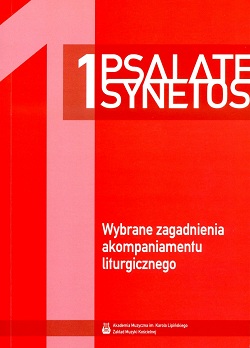
Saint Jerome was born in Stridon, a Dalmatian city that was destroyed by the Goths during his lifetime. Its exact location is unknown, and could have been in either modern Croatia or Slovenia. Though not a theologian, Jerome is mostly known for his authoritative translations of many texts, most importantly the scriptures, with several translations of the psalter. In iconography he is often depicted as a desert hermit. He, in fact, spent half of his life in the wilderness, but he was still very much engaged in intellectual and ecclesiastical discussions and controversies.
Jerome’s writings are filled with musical references, sometimes allegorical, sometimes in reference to the liturgy, sometimes in the context of moral instruction. He occasionally inserted musical analogies into his missives, comparing himself to a boatman or a shepherd, whose song had a particular purpose. He also frequently recommended the singing of psalms to those seeking his guidance, and these instructions have shed light on liturgical practice of the time.
As regards the content of his advice, which was rigorous at times, the topic could range from directing women away from the company of singers (cantors) and questionable performers who might be encountered in Rome, where he spent several years. In a paragraph to the young widow Furia, he turns an image from the enjoyment of music that praises worldly pleasures to a counter action—suggesting that she become a singer, and timbrel and lute player, modelling herself on the image of Miriam, who musically celebrated the liberation of Israel in the book of Exodus.
This according to James McKinnon’s Music in early Christian literature (Cambridge: Cambridge University Press, 1987; RILM Abstracts of Music Literature 1997-1322).
Today marks the 1600th anniversary of Jerome’s death (and his birth into eternal life) in Bethlehem. Above, Caravaggio’s Saint Jerome writing.






